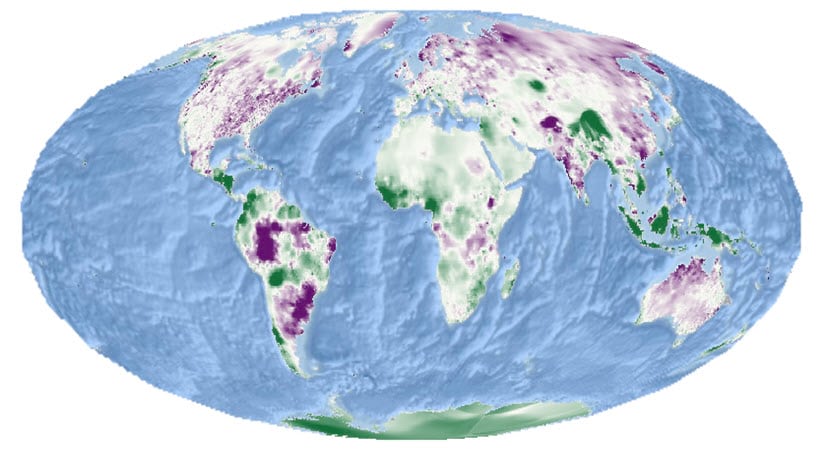Sudhir Shrestha
Sudhir Raj Shrestha currently works at the Environmental Systems Research Institute (ESRI) as Solution Engineer Researcher supporting geospatial science applications in NASA, JPL, NOAA, and USDA ARS and industry partners like Microsoft and Amazon. He is a scientific data enthusiast with a keen interest in making data easily Discoverable and Interoperable. His research focuses on Geographic Information Science, Geoscience, Agricultural Science and Soil Science. His interests and expertise fall in development and implementation of new and innovative geospatial methods and techniques. These include Soil Moisture, Hydrological Modeling, and other complex Spatial and Statistical Modeling techniques that cover the Weather and Climate forecast and modeling; and applications of scientific data including the multidimensional weather and climate data. Sudhir works extensively with the Data Interoperability, Data and Metadata standards, R Programming and Linux system integration including the application of high resolution hyperspectral imagery and ground based and airborne LiDAR data. His previous experience includes working in the US (NOAA, University of California Merced, NOAA Environmental Cooperative Science Center at Florida A&M University, City of Merced, University of Wyoming) and internationally (Visiting Scientist Akita Prefectural University Japan, VLIR Scholar Gent University Belgium, Consultant for UN Environment Program(UNEP) funded project for Center for Rural Technology Nepal, Visiting lecturer for Himalayan College to Agricultural Science and Technology Nepal and Nepal Engineering College). In the past, Sudhir has led several organizations like nonprofit Young Water Action Team (YWAT) based in Netherlands. He was president and founder of University of Wyoming ASPRS (American Society of Photogrammetry and Remote Sensing) student chapter. Sudhir was elected as Vice President for 2020 for non-profit Earth Space Information Partner (ESIP). He volunteers to serve the earth and geospatial science community, as well as extending his experience working nationally and internationally in the earth science domain with government, academia and private industry, helping to forge and grow collaborations and expand the ESIP and Esri community at large.

